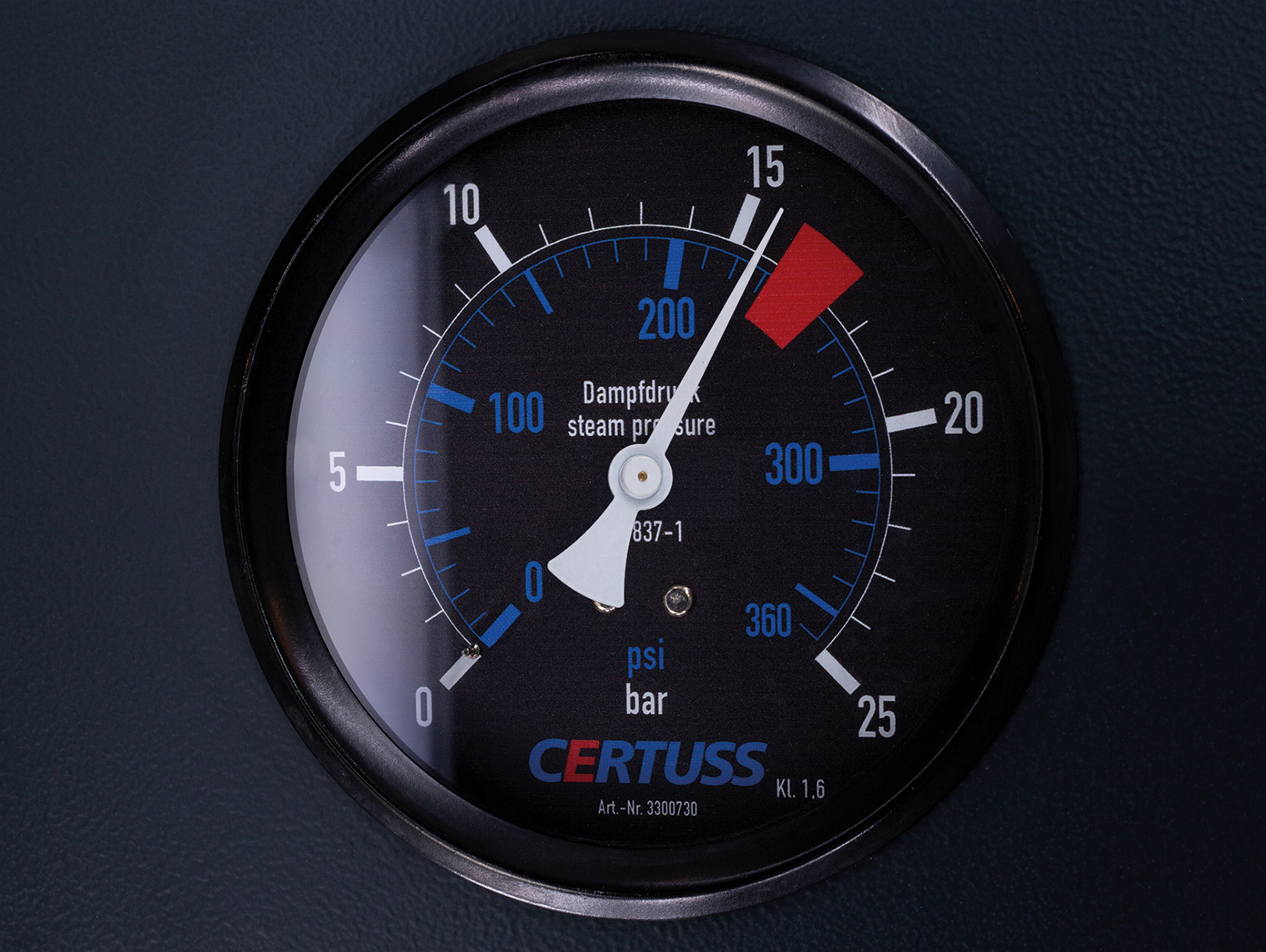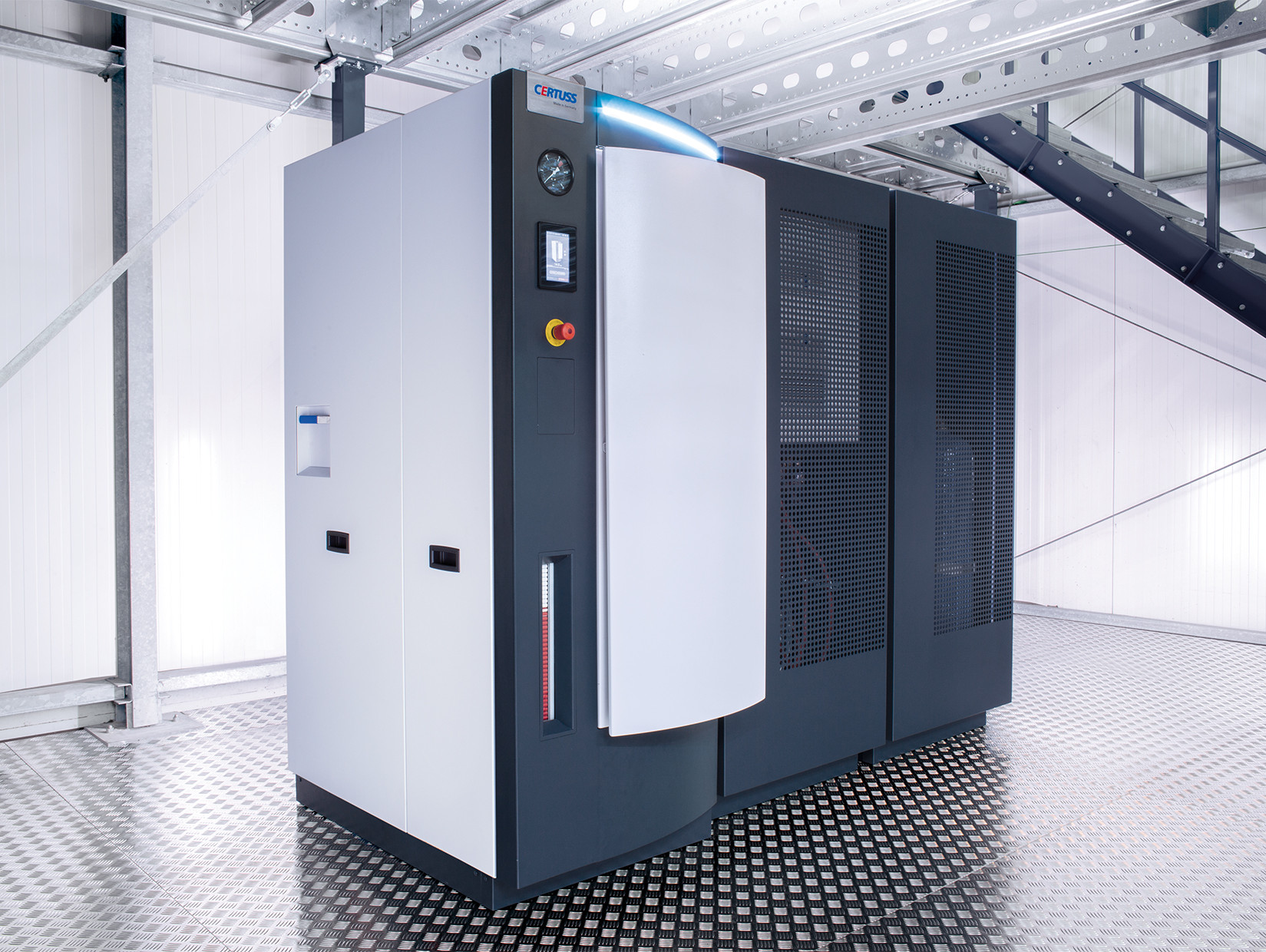
It is perhaps more relevant than ever: how do you save energy in the production process? Steam is a very common energy carrier in industry and most of it is generated from gas. As much as 75% of the potential energy savings in the industrial sector are related to engines and steam installations.
In recent years, the Steam Up project has carried out large-scale research into optimising steam production. The renovation of a steam boiler proved to be the most effective intervention to save energy. This is partly because many existing steam boilers are too large and inflexible for the desired production, which is inefficient.
The replacement of a new steam boiler is often postponed for too long, due to the high purchase costs. Whereas a new steam boiler works more efficiently and therefore also has lower heating costs. Electric models have been on the market for years, and with rising gas prices and approaching climate targets, these also seem to be an increasingly common choice. In the electric generation process, you do not lose any energy through the flue. With gas-fired models, this is on average around 10%.
The latest generation of electric boiler represents a new performance class in terms of efficiency, power output and space saving. Currently, there are financial schemes that can make the purchase of electric boilers cheaper.

Finally, there are a number of concrete measures that can be applied to save energy without renewing the boiler. This can amount to some 25%.
Source: Scharff Techniek